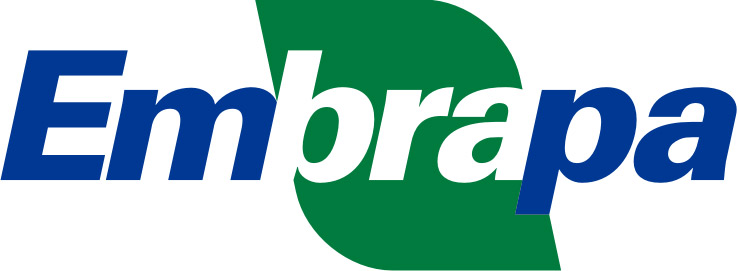Use este identificador para citar ou linkar para este item:
http://www.alice.cnptia.embrapa.br/alice/handle/doc/1137367| Título: | InsectCV: a system for insect detection in the lab from trap images. |
| Autoria: | CESARO JÚNIOR, T. de  RIEDER, R.   DI DOMÊNICO, J. R.   LAU, D.   |
| Afiliação: | TELMO DE CESARO JÚNIOR, Sul-rio-grandense Federal Institute of Education, Science and Technology (IFSul) – Passo Fundo – RS – Brazil RAFAEL RIEDER, University of Passo Fundo (UPF) – Passo Fundo – RS – Brazil JÉSSICA REGINA DI DOMÊNICO, Sul-rio-grandense Federal Institute of Education, Science and Technology (IFSul) – Passo Fundo – RS – Brazil DOUGLAS LAU, CNPT. |
| Ano de publicação: | 2021 |
| Referência: | Ecological Informatics, e101516, Dec. 2021. |
| Conteúdo: | Advances in artificial intelligence, computer vision, and high-performance computing have enabled the creation of efficient solutions to monitor pests and identify plant diseases. In this context, we present InsectCV, a system for automatic insect detection in the lab from scanned trap images. This study considered the use of Moericke-type traps to capture insects in outdoor environments. Each sample can contain hundreds of insects of interest, such as aphids, parasitoids, thrips, and flies. The presence of debris, superimposed objects, and insects in varied poses is also common. To develop this solution, we used a set of 209 grayscale images containing 17,908 labeled insects. We applied the Mask R-CNN method to generate the model and created three web services for the image inference. The model training contemplated transfer learning and data augmentation techniques. This approach defined two new parameters to adjust the ratio of false positive by class, and change the lengths of the anchor side of the Region Proposal Network, improving the accuracy in the detection of small objects. The model validation used a total of 580 images obtained from field exposed traps located at Coxilha, and Passo Fundo, north of Rio Grande do Sul State, during wheat crop season in 2019 and 2020. Compared to manual counting, the coefficients of determination (R2 = 0.81 for aphids and R2 = 0.78 for parasitoids) show a good-fitting model to identify the fluctuation of population levels for these insects, presenting tiny deviations of the growth curve in the initial phases, and in the maintenance of the curve shape. In samples with hundreds of insects and debris that generate more connections or overlaps, model performance was affected due to the increase in false negatives. Comparative tests between InsectCV and manual counting performed by a specialist suggest that the system is sufficiently accurate to guide warning systems for integrated pest management of aphids. We also discussed the implications of adopting this tool and the gaps that require further development. Keywords: Convolutional neural network; Mask r-cnn; Object detection; Pest detection; Aphids; Warning systems |
| Palavras-chave: | Convolutional neural network Mask r-cnn Object detection Pest detection Aphids Warning systems |
| Tipo do material: | Artigo de periódico |
| Acesso: | openAccess |
| Aparece nas coleções: | Artigo em periódico indexado (CNPT)  |
Arquivos associados a este item:
| Arquivo | Descrição | Tamanho | Formato | |
|---|---|---|---|---|
| 1-s2.0-S1574954121003071-main.pdf | 3,26 MB | Adobe PDF |  Visualizar/Abrir |









